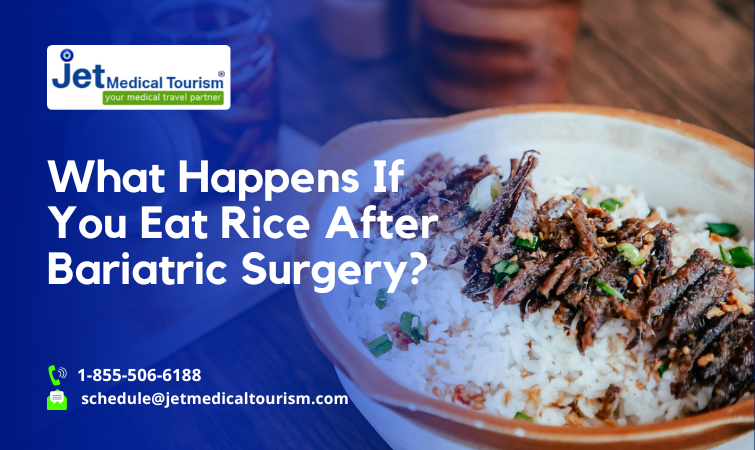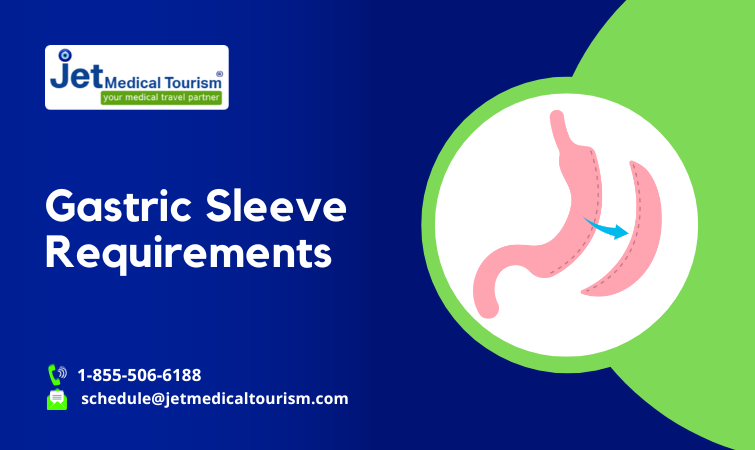Gastric Sleeve Stricture and Ulcers
 Gastric sleeve stricture is part of the gastrointestinal complications of gastric sleeve surgery and they can occur along the length of the stapled stomach.
Gastric sleeve stricture is part of the gastrointestinal complications of gastric sleeve surgery and they can occur along the length of the stapled stomach.
Bariatric procedures and gastric sleeve are effective weight loss surgeries, but there are still complications that can arise in the days, weeks, and months following the gastric sleeve.
Part of preparing yourself for gastric sleeve surgery involves learning about possible post-op complications, and that includes a gastric sleeve stricture, which is a narrowing of the stomach that can make it difficult to eat and drink.
Knowing what stricture is, how to recognize it, and how to treat it is an important part of the research process for patients interested in a gastric sleeve, so today’s discussion will be dedicated to this potential complication.
Learning About Gastric Sleeve Stricture
Through gastric sleeve surgery, about 90 percent of the stomach is taken out, while the remaining stomach is shaped into a narrow sleeve. When the stomach is healing, it’s possible that scar tissue will form (typically where the stomach and small intestine join), and this can result in further narrowing of the stomach, and this is called a stricture.
In the early days following surgery, stricture can also be caused by swelling as your stomach heals. Gastric sleeve stricture can make eating uncomfortable because it also reduces the stomach’s ability to stretch, which is how the stomach makes room for food when you eat.
It’s important to note that stricture is different from gastric sleeve ulcers, which are sores that form on the stomach along the seam where the stomach was stapled together. Ulcers can be caused by taking certain anti-inflammatory drugs, drinking alcohol, smoking, or because of a bacterium called H. pylori.
Symptoms of Stricture After Gastric Sleeve Surgery
Because gastric sleeve stricture involves the formation of scar tissue, you should be on the lookout for symptoms in the first three months following sleeve surgery, because this is most often when strictures form. The symptoms you might experience include:
- Nausea
- Food intolerance
- Vomiting
- Trouble swallowing
- Inability to eat solid food
Treatment Options for Gastric Sleeve Stricture
For stricture that’s caused by swelling immediately following gastric sleeve surgery, the best way to treat the stricture is by resting your stomach, and that means not eating or drinking anything. To prevent dehydration, your doctor will likely put you on intravenous fluids.
When scarring causes the stricture, you may require a procedure designed to expand the narrowed area and open it wide enough so that you can eat and drink normally. Ulcers, on the other hand, are usually treated with medication.
Stricture causes a narrowing of the stomach after gastric sleeve surgery, and this can make it difficult or even impossible to eat or drink. As such, it’s vital that you know how to recognize stricture if you’re considering gastric sleeve, because your doctor may recommend a procedure to fix the problem if this occurs.
Gastric sleeve stricture is uncomfortable, but fortunately, there is a simple treatment for the problem, so it’s good to have the tools to recognize the signs or symptoms.
Find out if you qualify for the Tijuana Mexico Gastric Sleeve by clicking through to our online application form or contact us today to find out more.
[button link=”https://jetmedicaltourism.com/apply/” type=”big” color=”blue” newwindow=”yes”] See If You Pre-Qualify[/button]
[button link=”https://jetmedicaltourism.com/contact/” type=”big” color=”blue” newwindow=”yes”] Contact Us Today[/button]




